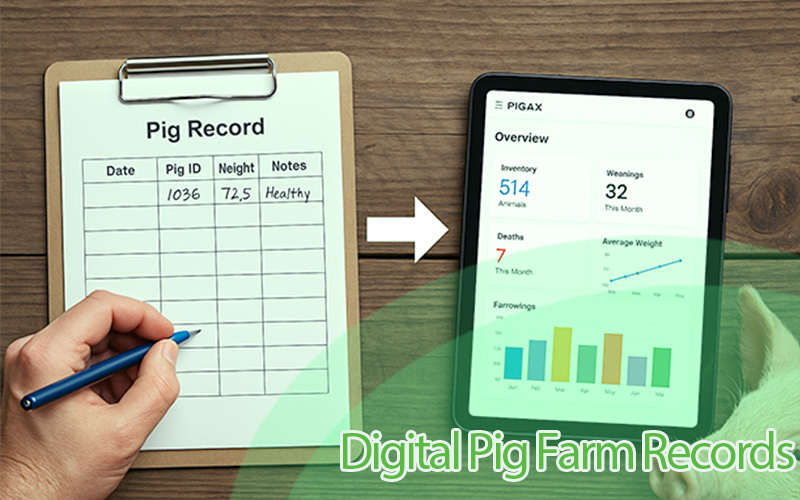Guide to selecting the best gilts for improved swine breeding operations
Selecting the right gilts is the foundation of a successful breeding program. These young, female pigs possess the potential to shape the genetic future of your operation. By choosing gilts with exceptional genetic traits and a solid pedigree, you set the stage for producing offspring with desirable qualities and improved breeding performance.
A systematic approach to gilt selection is essential for ensuring optimal breeding outcomes and long-term profitability. Here are some best practices
I. Assessing Genetic Potential
Evaluating the genetic background and performance records of gilts provides valuable insights into their breeding potential. Genetics play a crucial role in gilt selection as they determine the potential for desired traits and characteristics in offspring. Breeders should consider traits like growth rate, feed efficiency, carcass quality, and disease resistance when assessing genetic potential.
II. Evaluating Structural Soundness
Assessing conformation, body structure, and overall soundness helps identify gilts with optimal skeletal strength and body capacity. Evaluating feet and leg structure, body length, and muscling ensures the selection of gilts that can withstand the demands of breeding and farrowing.
III. Assessing Reproductive Health
Reproductive health is a crucial factor to consider when selecting gilts. Conducting thorough health checks and screenings helps identify any potential reproductive issues or diseases that may impact fertility. Evaluating reproductive history, including heat cycles and previous farrowing performance, provides insights into a gilt's reproductive capabilities.
IV. Considering Growth Potential
Evaluating growth rate and weight gain potential helps determine the gilt's ability to reach market weight efficiently. Assessing feed efficiency and body condition score ensures that gilts can maintain proper body condition while meeting their growth targets. Striking the right balance between growth potential and reproductive performance is crucial for optimal breeding outcomes.
V. Evaluating Temperament and Behavior
Assessing behavior, docility, and adaptability helps identify gilts that are easy to handle and manage within the breeding environment. Considering stress response and handling characteristics ensures the selection of gilts that can adapt well to different management practices and minimize stress-induced issues.
VI. Analyzing Conformation and Mammary Development
Evaluating conformation and body capacity helps determine a gilt's ability to carry and deliver litters effectively. Assessing mammary development and teat quality ensures that gilts have sufficient milk production capacity to support their piglets' growth and vitality.
VII. Considering Long-Term Productivity
Assessing the potential for long-term productivity and longevity helps breeders make informed decisions about the future performance of gilts. Evaluating maternal instincts, mothering ability, and litter performance provides insights into the gilt's ability to raise healthy and thriving piglets.
VIII. Selecting from Reliable Sources
Identifying reputable suppliers who adhere to health certifications and biosecurity measures minimizes the risk of introducing diseases or subpar genetics to the breeding herd. Evaluating the reputation and track record of gilt suppliers helps ensure a consistent supply of high-quality gilts.
Conclusion
Selecting the best gilts for swine breeding operations requires a comprehensive evaluation of multiple factors. Genetic potential, structural soundness, reproductive health, growth potential, temperament, conformation, mammary development, and long-term productivity all contribute to successful gilt selection. By adopting a systematic and thorough approach, swine breeders can optimize breeding performance, enhance profitability, and ensure long-term success in their operations.




